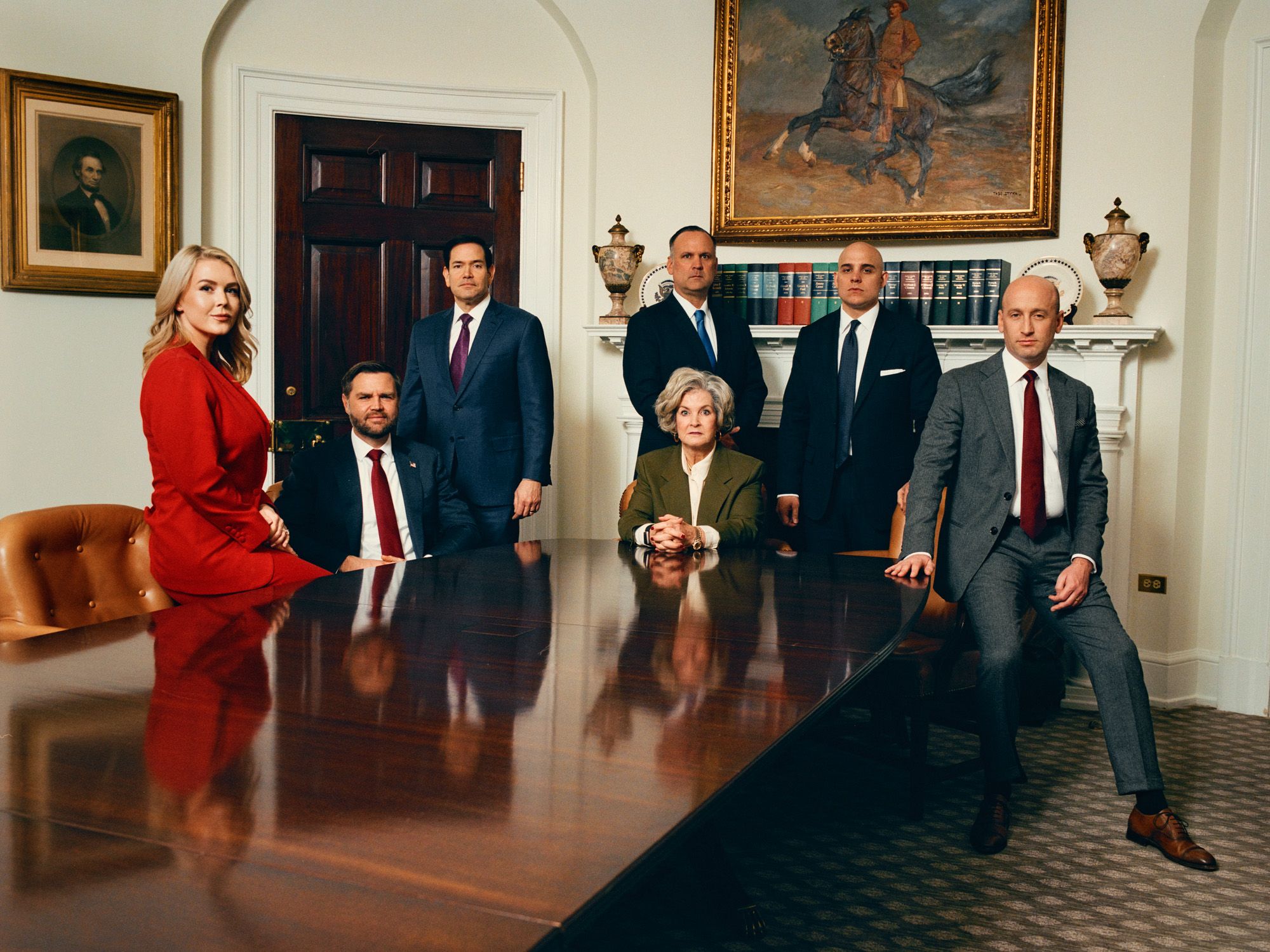Cost Hinders 9 Million Americans from Following Prescribed Medication Regimen, Says CDC Report

A recent report from the Centers for Disease Control and Prevention (CDC) revealed that high prescription drug costs have caused over 9 million adults not to follow their medication instructions.
The United States has some of the highest prices for prescription drugs in the world. American citizens spend approximately $1,200 more on prescription drugs per person than those in other countries. The results are alarming.
The CDC report states that more than 9 million adults aged 18 to 64 have either delayed refills, skipped doses, or taken smaller amounts because of the high cost of prescription drugs. This means that 8.2% of adults in 2021 did not take their much-needed medication as prescribed.
The report also revealed that women were most likely to skip or delay their prescribed medication due to affordability. People with disabilities have also been hit hard by rising drug prices, with 20% rationing their medication. Additionally, people in poor health and without health insurance also didn't take their medication as prescribed due to the high costs associated.
"Even when they are covered by their insurance, American patients who struggle to afford the cost of prescription drugs often choose not to take them," says board-certified family medicine physician Laura Purdy. "But, this dilemma can lead to a worsening health condition, hospitalization, or even death."
The rising cost of prescription drugs has led to a RAND Corporation study which found that US drug prices were 2.56 times higher than those in 32 comparable countries, with brand-name drug prices averaging 3.44 times higher. Moreover, across all the countries studied by the Organization for Economic Co-operation and Development (OECD), total drug spending was $795 billion, with the US accounting for more than half of the sales or 58%, but just 24% of the volume.
"Branded medications are typically the most common for patients to stop taking," explains pharmacist Deepti Pidakala. "They are expensive, require prior authorizations from insurance, and often are not covered at all. This waiting period back and forth with insurance, along with the financial strain, causes many patients to stop taking their medications altogether."
A Kaiser Family Foundation Health Tracking Poll found that eight in ten adults said the cost of prescribed medications in the US was unreasonable. Affordability is a significant issue for those taking four or more prescription drugs. Three in ten of those taking four or more drugs have difficulty affording their prescriptions, compared to one in five adults taking three or fewer prescription medications.
This affordability issue is likely to continue worsening as prescription drug prices have been on the rise. Between 2000 and 2017, the US has experienced a 76% increase in drug spending. These costs are likely to rise faster over the next decade than other areas of healthcare spending.
Pharmacist John Villanova warns that skipping medication can have catastrophic results. "We know that prior authorizations and non-medical switching are hurting patients," he said. "The same can be said for patients not taking their medications due to cost."
Rima Arora, a pharmacist and the director of pharmacy at DiRx, added that health insurance companies play a significant role in rising drug costs. Health insurance companies have their formularies, which determine the medications that will be covered or the tiers for coverage, all which can lead to increased costs for the consumer. Sometimes, even generic drugs are on their exclusion lists or have been adjusted to a higher tier, costing the consumer more.
“We’ve reached a point now where out-of-pocket healthcare costs do not make sense,” agreed Neil Owens, PhD, the president and COO of Medicure. “Patients are often paying more with their co-pay than the actual medication costs.”
People then stop taking their medications or try to ration them because of the constant changes in their coverage and cost, he explained. “One month their medication is covered and the next it isn’t, or there are new requirements to meet. That makes people give up.”
If you are finding that your medications are no longer affordable, you may want to speak with a pharmacist or the drug provider to see if there are less expensive options available, suggested Susan Lang, CEO and founder of Visory Health. “You can also ask your pharmacist for help in identifying cost-effective options so you can stay on your medication and stay healthy.”
Another option might be a drug assistance program that offers free or low-cost medicines if you don’t have insurance or cannot afford your medicine. You could also research co-pay assistance programs, generic drug options, and discount pharmacy cards like those offered by GoodRx and Visory Health.
Another option is to look into pharmacies that allow you the option to self-pay for your prescriptions instead of using your insurance like Marley Drug, Freedom Pharmacy, DiRx, and more. These types of pharmacies allow you to get your prescription at a cost that is significantly less than a traditional pharmacy might charge.
For instance, Abiraterone, which is used to treat prostate cancer costs $20,309 cash for 120 tablets from a national pharmacy chain and $2,835 with a GoodRx coupon, Villanova explained. Marley Drug’s price is $152 for 120 tablets, he noted.
“By sourcing directly from manufacturers, pharmacies can bypass the system intermediaries such as drug wholesalers and PBMs (pharmacy benefit managers) to lower prices for consumers,” added Arora. “Online pharmacies are also offering programs where a preset number of prescriptions and unlimited refills are provided for an entire year to consumers for a very low annual fee.”
Keep in mind that when using traditional pharmacies, the price will be the same no matter where you go when you fill through insurance, emphasized Pidakala. “Americans don’t realize that you can forgo your insurance and pay cash.”
Because the self-pay price at these pharmacies may vary widely in the U.S., it is important to do your research, though. It’s also important to note that even though these pharmacies are cash-based, they still may accept your HSA credit card or other payment cards. Also, some may be state-specific and others may be able to offer prescriptions regardless of where you live.
Overall, if you are overwhelmed with your drug costs, Dr. Purdy suggested starting by opening a discussion with your healthcare provider. “Find out about other treatment options, less expensive generics, or patient-assistance programs provided by non-profit or pharmaceutical organizations. You also can speak to local lawmakers to make prescription drug affordability a top priority.”




